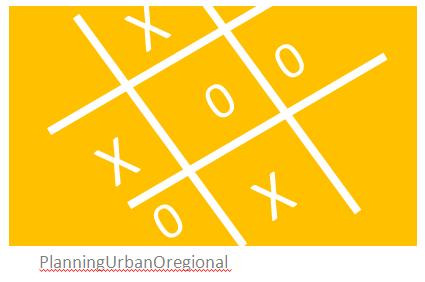A lush green street, a canopy street, aesthetic avenue, rich boulevard and a street equipped to handle and harvest storm water in every part of city has been a distant dream here. Is it too difficult a dream to achieve. There are few reasons for same. A preconceived RoW template mindset which leaves very little earth or scope within RoW for landscape Architects to play with, transport modeling software only being limited to carriageway design and not the complete RoW, lack of synergy between approach of transport planning, storm water management, landscape architecture and street lighting leading to complete absence of collective vision. It cannot be solved professionally as by that time each one is rigid and wise enough to exclude most of above tasks from their respective scope of work. Unless a transport planner will care for trees or a landscape architect will care to understand what goes into engineering of road or a water expert will have affinity and knowledge of ecology until then we won't get to experience a complete street. It has to start with education not from the desk of multi disciplinary team sitting in office. Above mentioned subjects to be made compulsory in each others curriculum for few semesters not just to teach them the technicalities but to help them sensitize about each others domain, to gain/give respect to each other and garner natural affinity about others subject so that end user could experience a complete street.
Author: Anoop Jha
Please visit my web page "Urban Tenets" at https://urbantenets.nl/
************************************************

.jpg)








.jpg)













